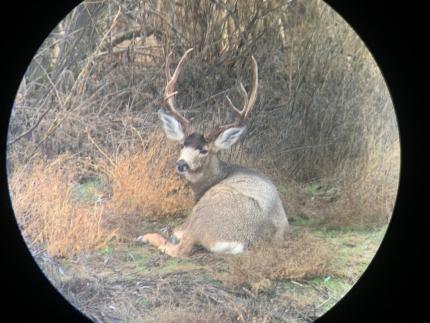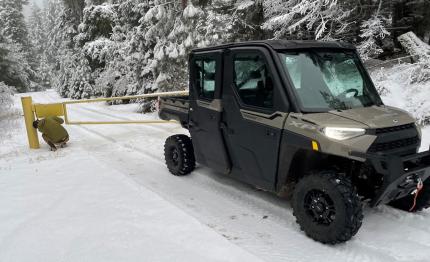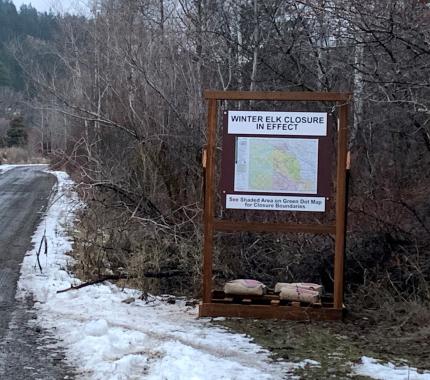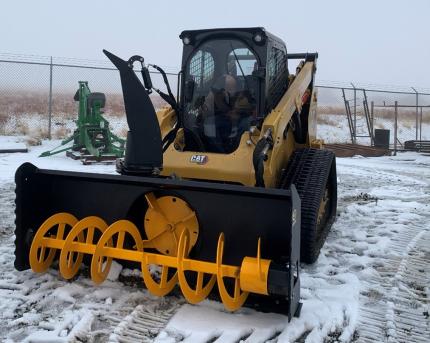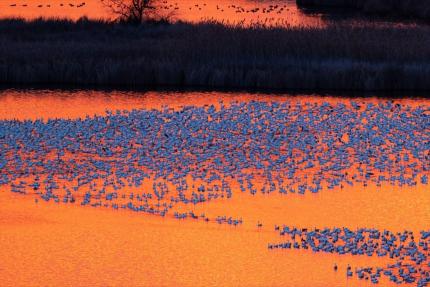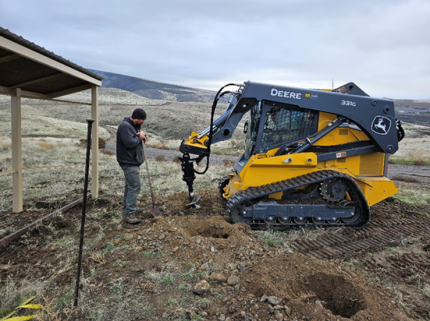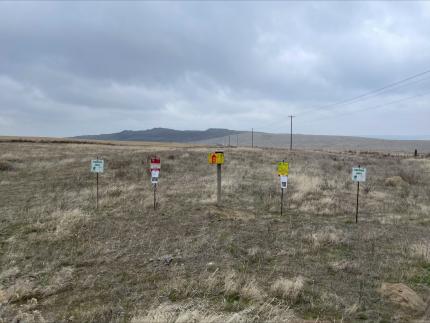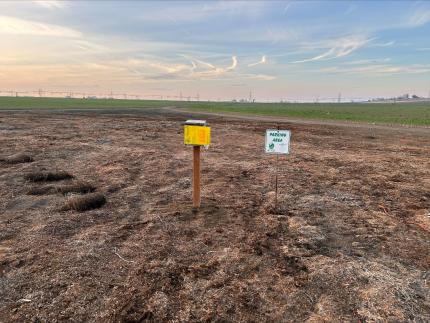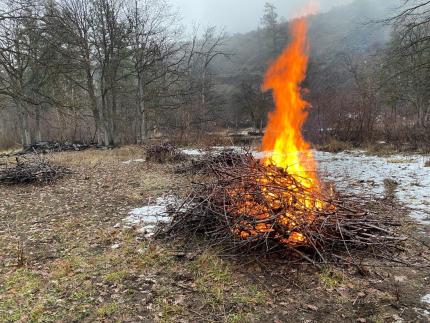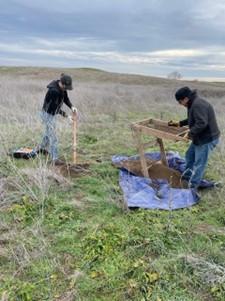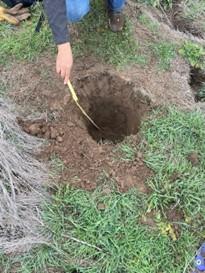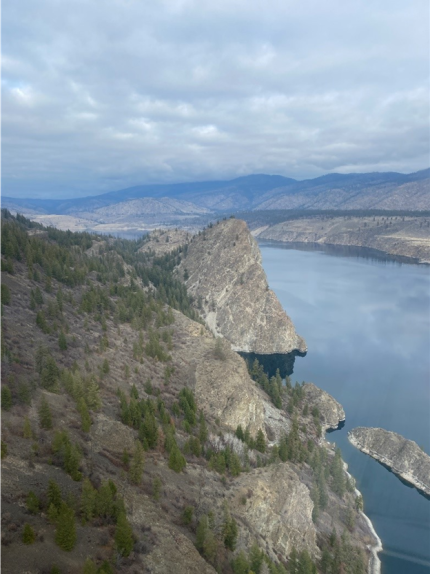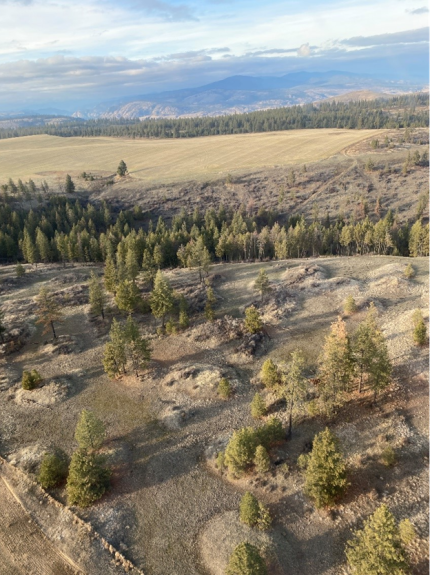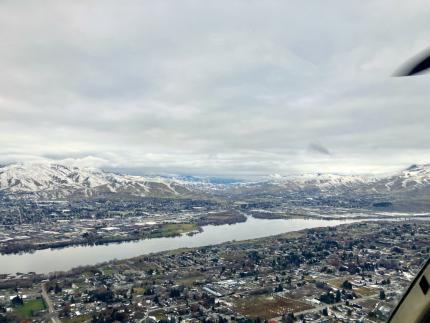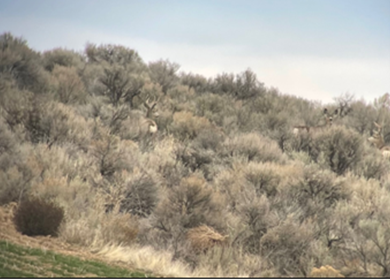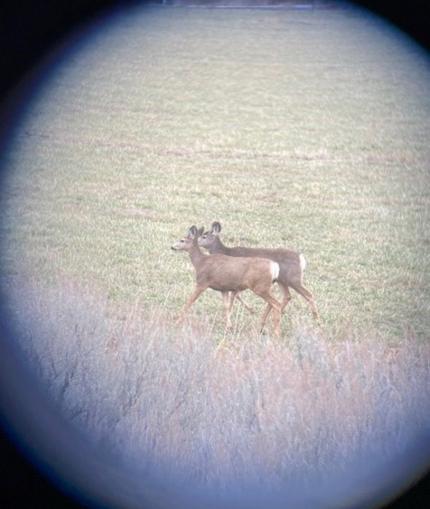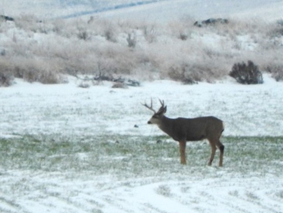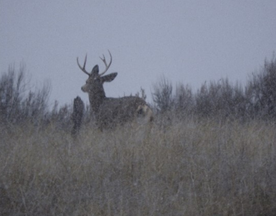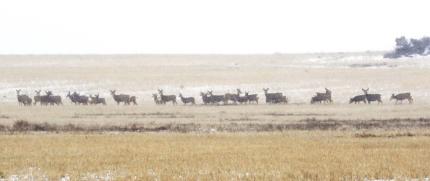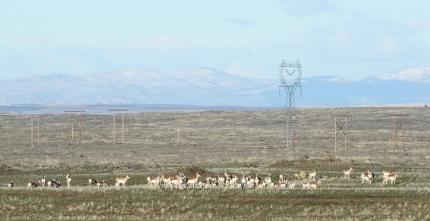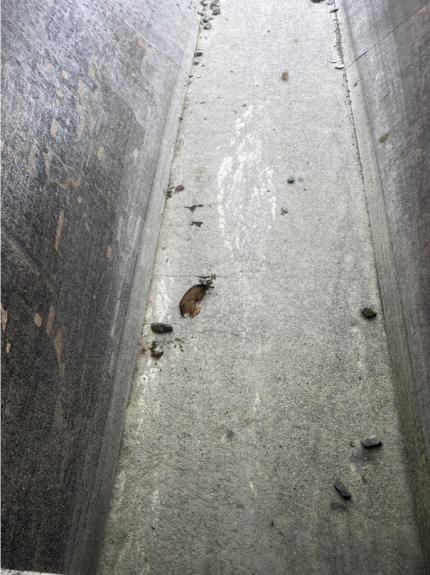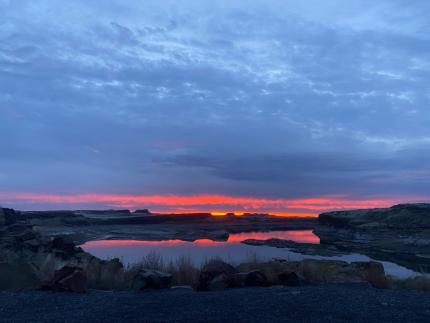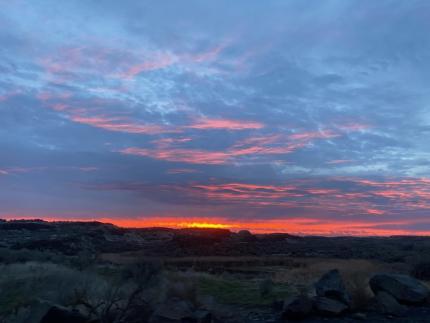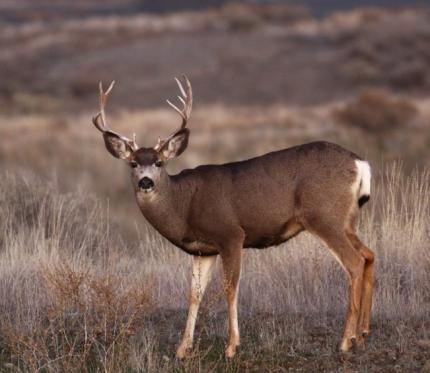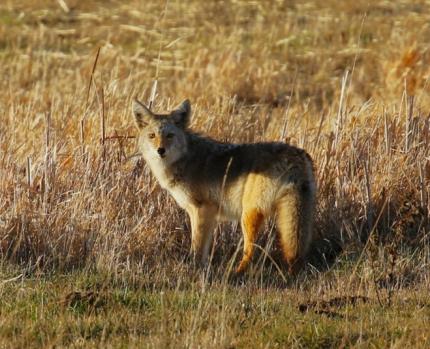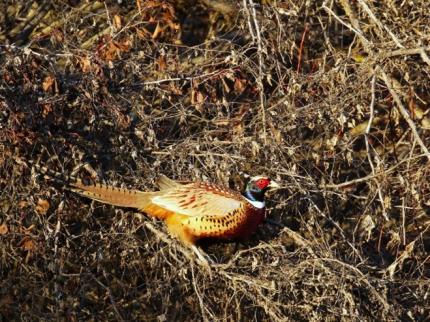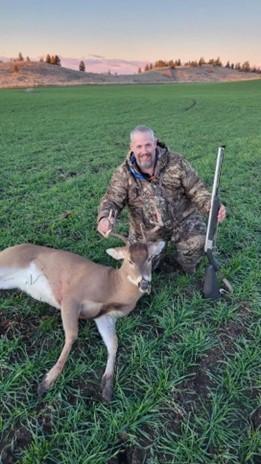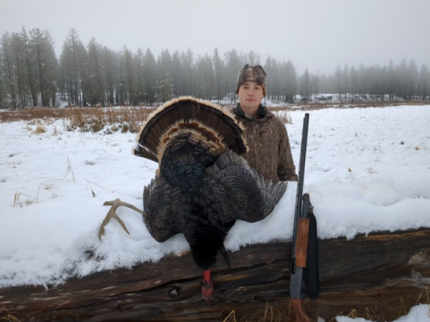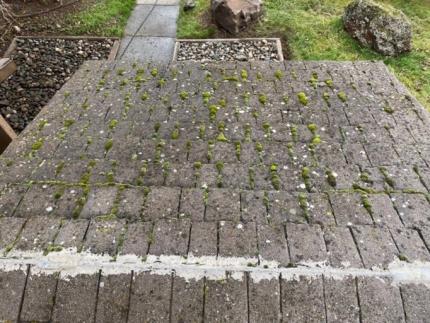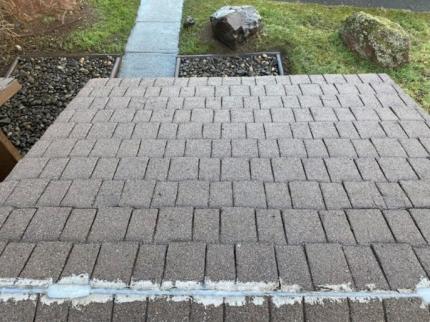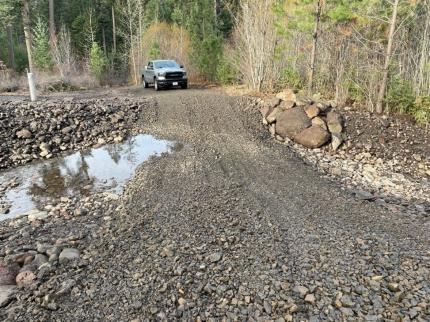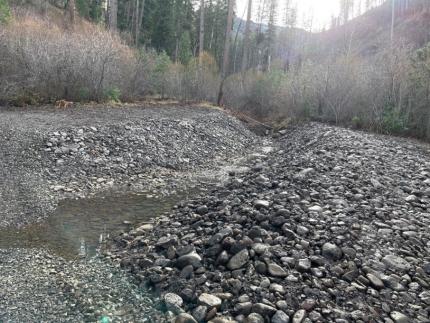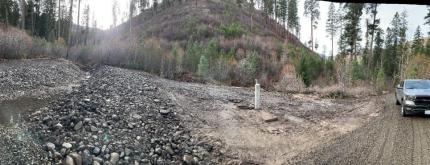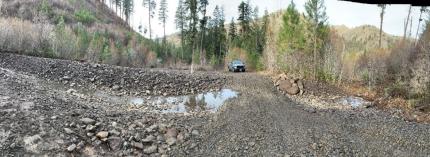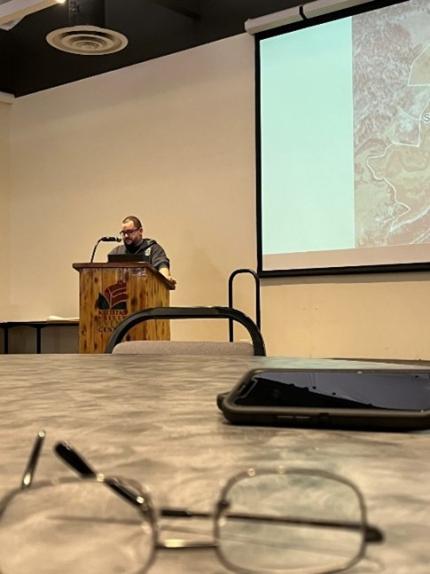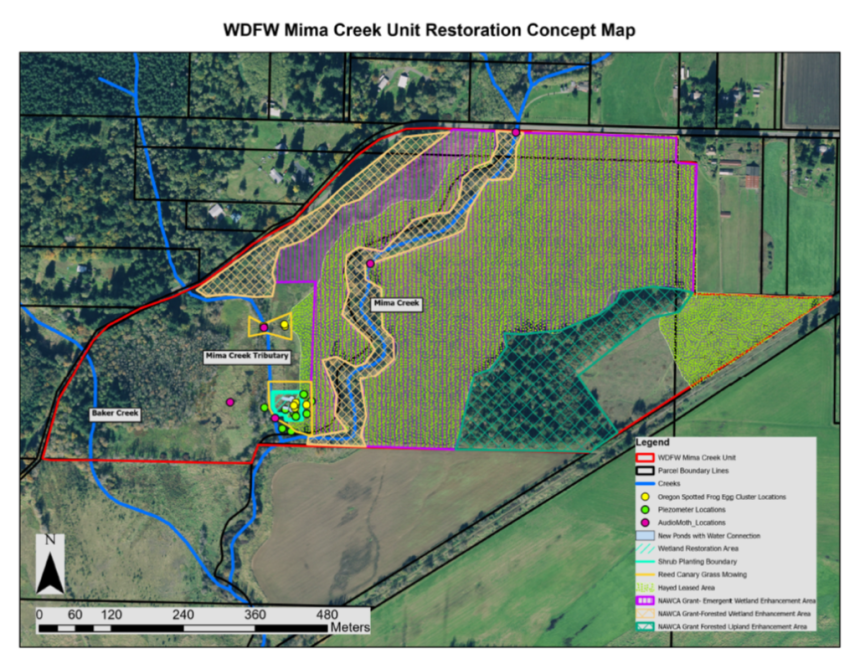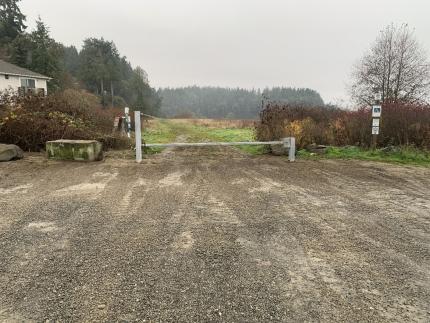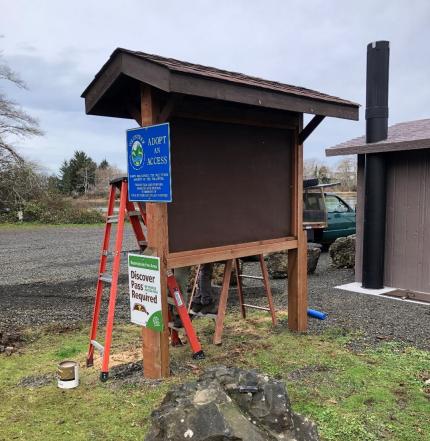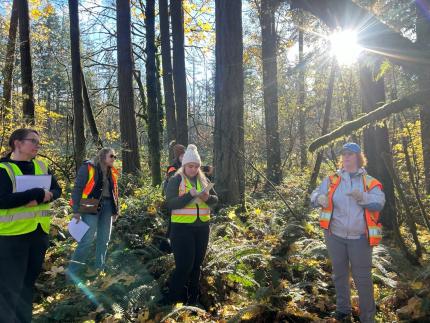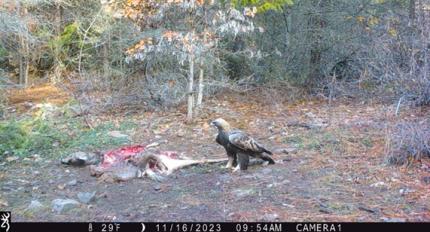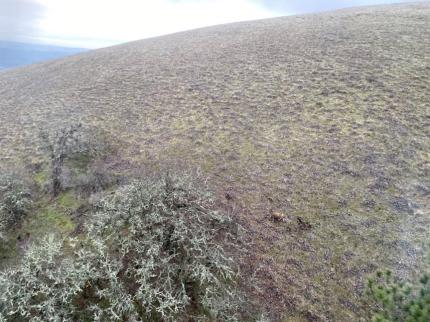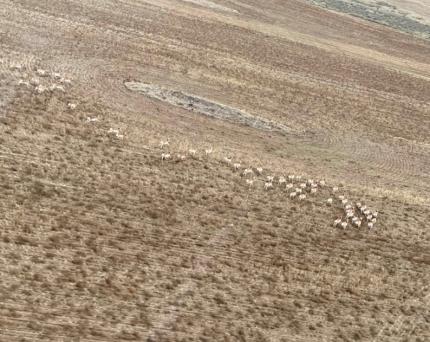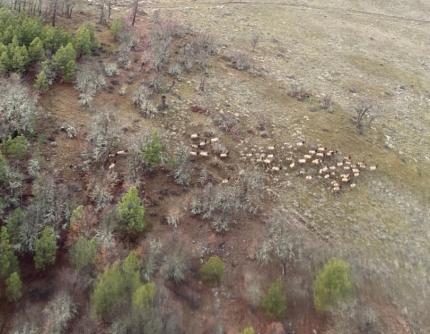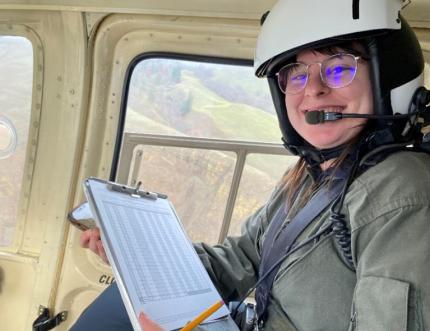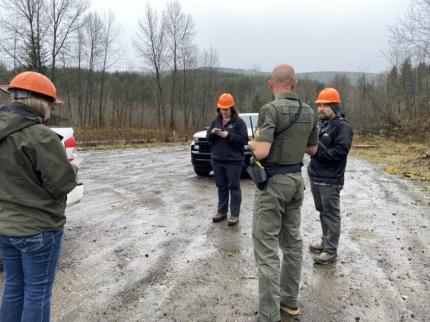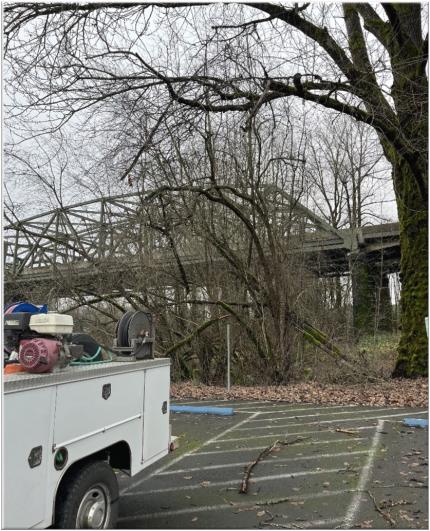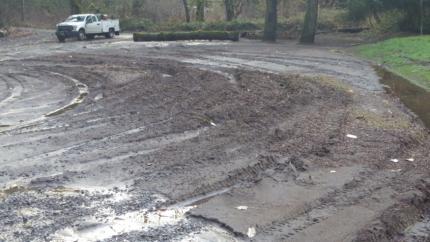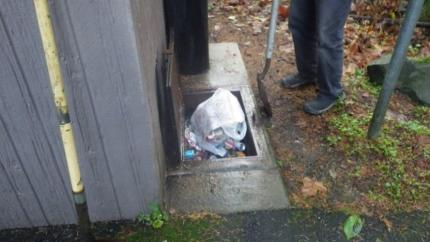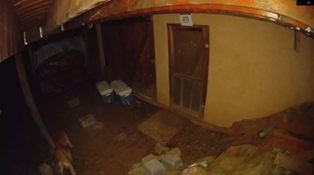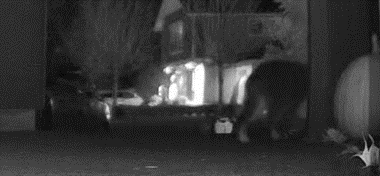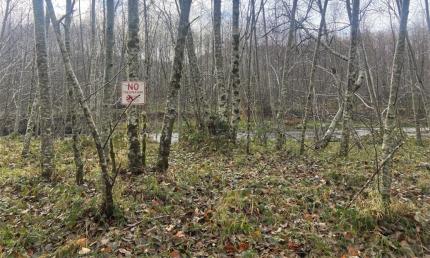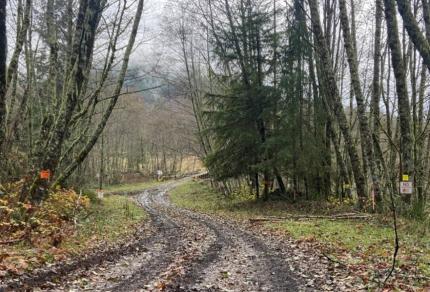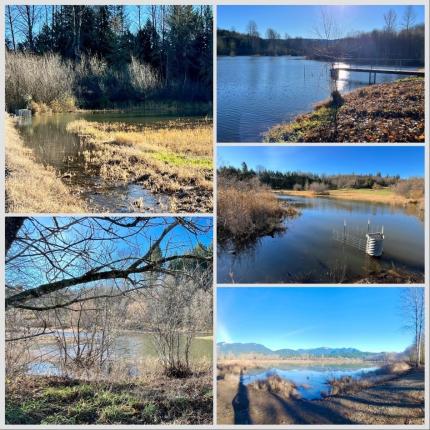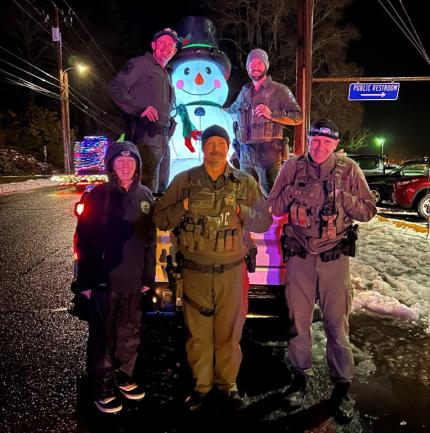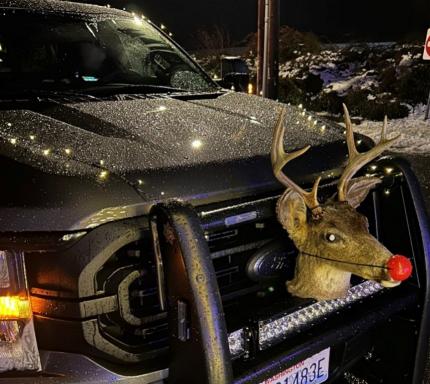Biweekly report Dec1-15 2024 - Region 5 (Southwest)
Managing Wildlife Populations
Orphaned Juvenile Cougars: Within a few days, District 9 staff members received reports of two litters of orphaned juvenile cougars in Klickitat County. The mother of one litter was shot in self defense; the cause of death for the other female is unknown. Several members of the public reported seeing the second litter scavenging on an old cow carcass along the highway, looking very skinny. Biologists Wickhem and Ott and Conflict Specialist Jacobson set and checked traps in the areas of both litters in an attempt to capture them. This team was able to capture two juveniles from one litter. Bear and Cougar Specialist Beausoleil and Bear and Furbearer Specialist Welfelt came to assist the District staff members and were able to capture two more juvenile cougars for the second litter.
These cougars cannot be rehabilitated and released into the wild, because humans cannot teach them how to hunt prey. Instead, they were sent to zoos where they can educate the public about cougars and inspire the next generation of biologists and conservationists. The younger pair, a male and female who were about 20lbs and less than two months old at capture, were sent to the Oregon Zoo in Portland. The older kittens, two males who were about six months old and approximately 50lbs each, were transported to the Minnesota Zoo in Apple Valley, Minnesota. Before being transferred to the zoos, all the cougars were sedated to determine sex and do a health assessment.
Dusky Canada Goose Surveys: October kicked off the survey season for Dusky Canada geese in Clark, Cowlitz, Lewis, and Wahkiakum counties. Dusky geese are a sub-species of Canada goose that spend summers in Alaska and migrate through and/or overwinter in the lower Columbia River. Duskies are closed to recreational harvest due to low population levels. The purpose of the surveys is to count dusky geese observed and read alphanumeric codes on any red neck bands on the geese, also called collars. Wildlife managers survey the geese multiple times across their primary wintering grounds and use the data to generate survival estimates. Biologists Wickhem and Ott have completed four surveys in Clark County, recording numerous duskies and six neck collars so far this season. Biologists Stephens and Holman have conducted the surveys in Cowlitz and Wahkiakum counties. They observed, dusky, cackling, western, and Taverner’s Canada geese as well as greater white-fronted geese, Trumpeter and Tundra swans.
Providing Recreation Opportunities
Winter is Coming: Access area staff members are currently in the process of winding down many sites for the coming winter with backpack blowing, pruning, and hedging. Some sites such as Lower Mineral Lake, have one of the two restrooms closed for the winter due to very minimal use. During this season, the hectic clean up from heavy public use is replaced by down trees, erosion, flooding, and inaccessible sites due to heavy snow and icy roads. As always, safety is the number one priority for staff members and the public.































